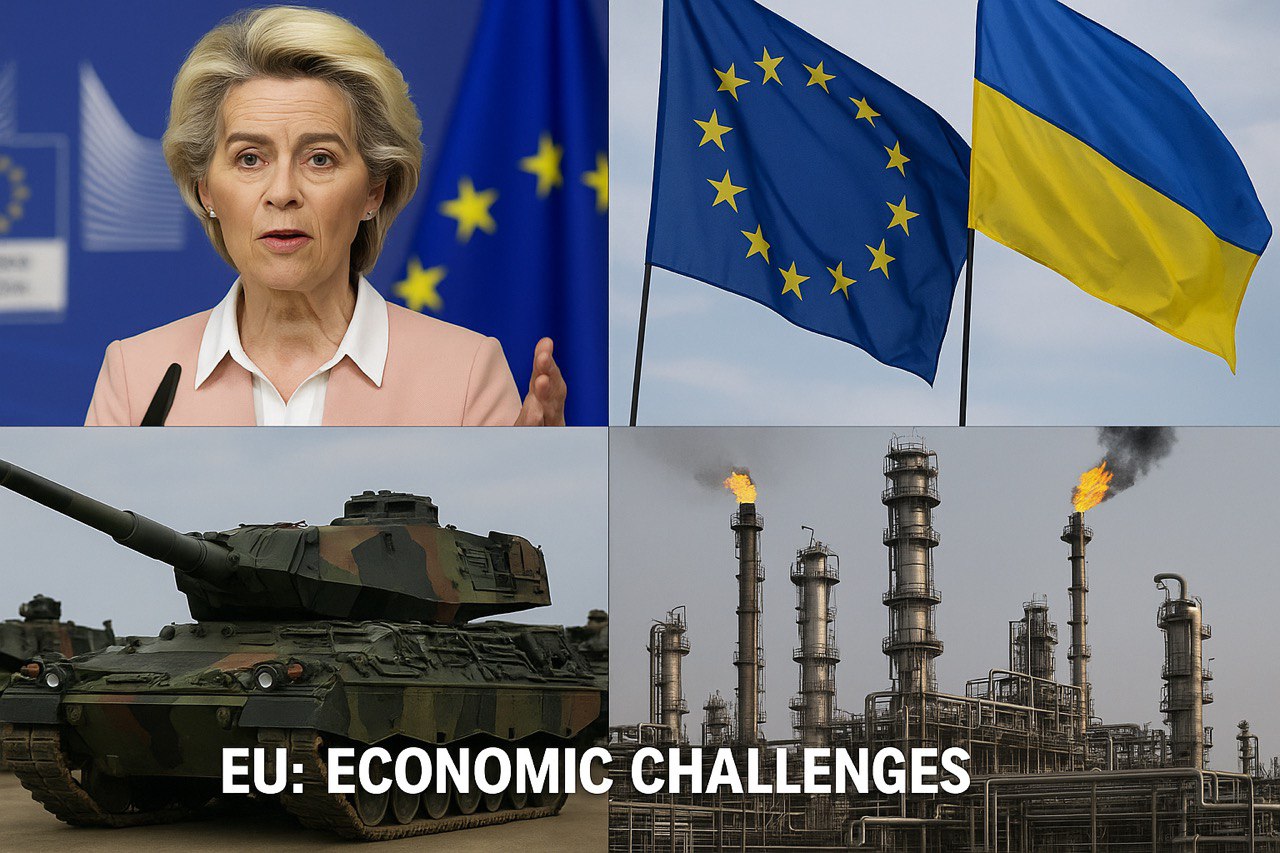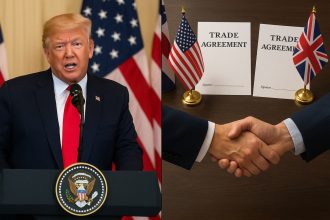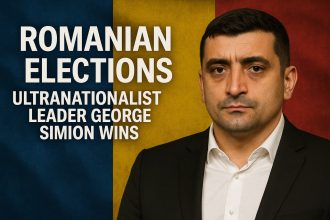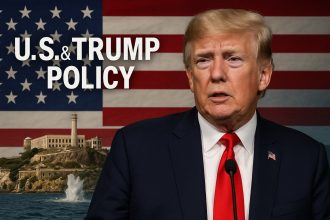The EU’s support for Ukraine has been multifaceted, encompassing financial aid, military assistance, and political solidarity. Since the invasion, the bloc has provided billions in aid, integrated Ukrainian firms into the single market, and facilitated exports to bolster Ukraine’s economy. However, Ukraine’s path to EU membership is complex, requiring significant reforms in governance, economy, and rule of law, as outlined in the EU’s accession process. This process, initiated with the first intergovernmental conference in June 2024, is ongoing, with a €50 billion investment plan from 2024 to 2027 tied to reform achievements.
Parallel to this, the energy landscape has shifted dramatically. Russia, a major gas supplier, has seen its influence wane as Europe seeks alternatives following the invasion. The European Parliament’s decision to phase out Russian gas by 2027, as highlighted in von der Leyen’s statements, is part of a broader strategy to accelerate the green transition. This involves investing in renewables like solar, wind, and hydrogen, as well as exploring liquefied natural gas (LNG) from suppliers like the U.S. and Qatar. However, these alternatives are costly, and domestic production methods, such as fracking, face environmental opposition.
Ursula von der Leyen’s Vision: Accelerating Ukraine’s EU Accession
Von der Leyen’s advocacy for Ukraine’s EU accession is rooted in both moral and strategic imperatives. In her 2022 Euronews interview, she stated, “Ukraine is one of us,” underscoring the shared democratic values and the need for a unified Europe to counter Russian aggression. The accession process, now in its bilateral screening phase, aims to integrate Ukraine’s market into the EU single market, synchronize electricity grids, and deepen economic ties. However, this ambition faces significant hurdles, including NATO’s depleted equipment stocks due to aid to Kyiv. Reports indicate that 80% of Ukraine’s thermal plants have been destroyed, and a third of its hydropower capacity, with EU support amounting to at least €2 billion since 2022, including recent allocations of €160 million for winter energy needs.
The economic cost is substantial, with estimates suggesting billions needed for reconstruction and integration. This strains EU budgets already stretched by domestic priorities like healthcare and education, and raises questions about NATO’s readiness, given the depletion of military equipment. The balance between supporting Ukraine and maintaining Europe’s defense capabilities is delicate, with potential implications for security across the continent.
The Energy Crisis: Phasing Out Russian Gas by 2027
The decision to phase out Russian gas by 2027 is a strategic move to reduce Europe’s vulnerability to Russian influence, as von der Leyen noted, “Less dependency on Russian gas means less money for the Kremlin’s war chest”. This aligns with the EU’s green transition goals, aiming to generate electricity from renewables and hydrogen to achieve energy independence. However, the immediate challenge is replacing Russian gas, which has historically supplied a significant portion of Europe’s energy needs. Current strategies include increasing LNG imports, with deals signed with the U.S. and Qatar, and boosting domestic production, though environmental concerns limit options like fracking.
The risks are evident: energy prices have already doubled in some regions, affecting industries and households. Governments are implementing subsidies and price caps, but these are temporary measures. The transition to renewables, while promising, is slow, with wind and solar farms requiring significant investment and time to build. Hydrogen technology, though innovative, is still in its early stages, with scalability and cost challenges. The potential for blackouts and economic turmoil this winter, especially in colder regions, underscores the urgency of finding viable alternatives.
I bring a personal lens to this analysis, reflecting on the human impact of these policies. Living in Brussels, I feel the war’s distant but palpable effects—rising energy bills, inflation, and the cost-of-living crisis. I recall a conversation with a Ukrainian journalist last year, who shared her grandmother’s story of refusing to leave Kharkiv despite the bombings. “This is our land,” she said with determination, highlighting the resilience driving Ukraine’s EU aspirations. It’s a reminder that behind every policy decision are real people—families huddling in basements, unsure if they’ll have heat, or Europeans struggling with bills. This human cost must guide Europe’s approach, balancing solidarity with practicality.
Navigating the Future: Opportunities and Challenges
Despite the challenges, there are opportunities for growth and unity. Integrating Ukraine could strengthen the EU’s geopolitical stance, providing a democratic counterbalance to Russian influence. The €50 billion Ukraine Plan from 2024 to 2027, tied to reforms, is a step toward this, with progress noted in bilateral screenings. Similarly, the green transition offers a path to energy independence, with investments in renewables reducing reliance on fossil fuels. However, success depends on effective implementation, global cooperation, and addressing short-term pain points like energy prices and NATO readiness.
In navigating these challenges, financial tools can offer support. Recently, I came across PocketOption, a user-friendly trading platform mentioned by a colleague for its ease of use, especially for those new to investing. It allows individuals to trade stocks, commodities, and cryptocurrencies, providing alternative income streams during economic uncertainty. With energy prices volatile and markets shaky, such platforms could help families manage finances. You can explore it at PocketOption.
The EU’s economic challenges—supporting Ukraine’s accession and phasing out Russian gas—present a delicate balance between solidarity and survival. Research suggests these moves could strengthen Europe’s unity and security, but the evidence leans toward significant short-term strains, from NATO depletion to energy crises. I urge readers to consider the human impact: the families in Ukraine fighting for their land, and Europeans facing rising bills. What do you think? Is Europe ready to embrace these changes, or are we setting ourselves up for failure?





